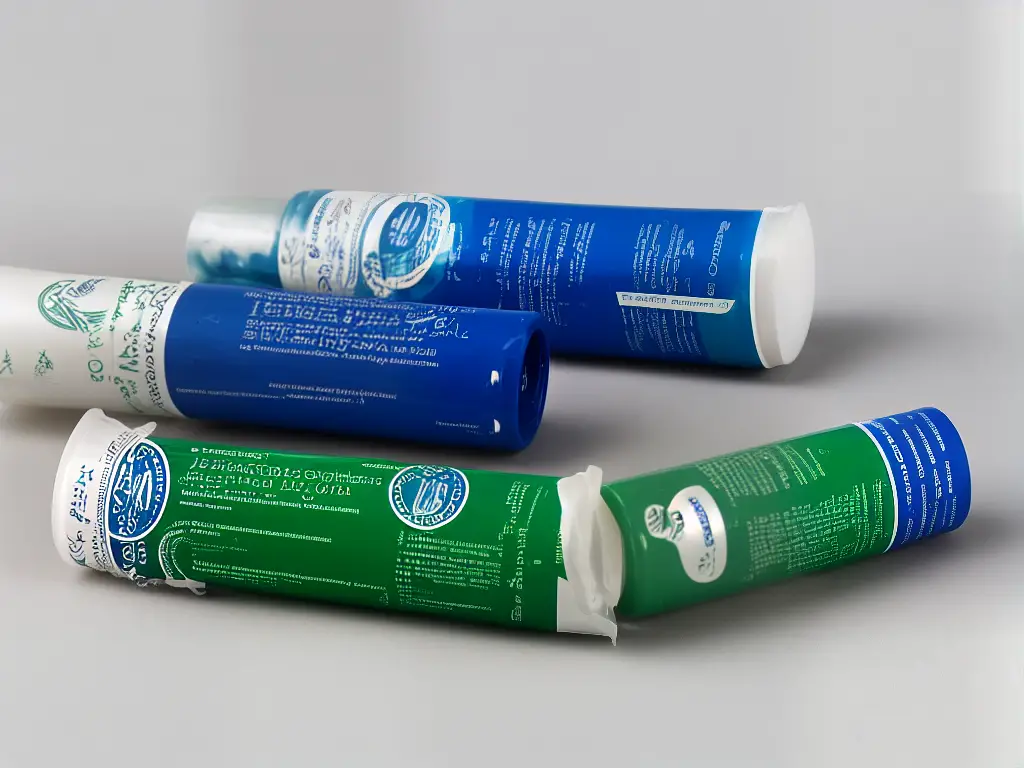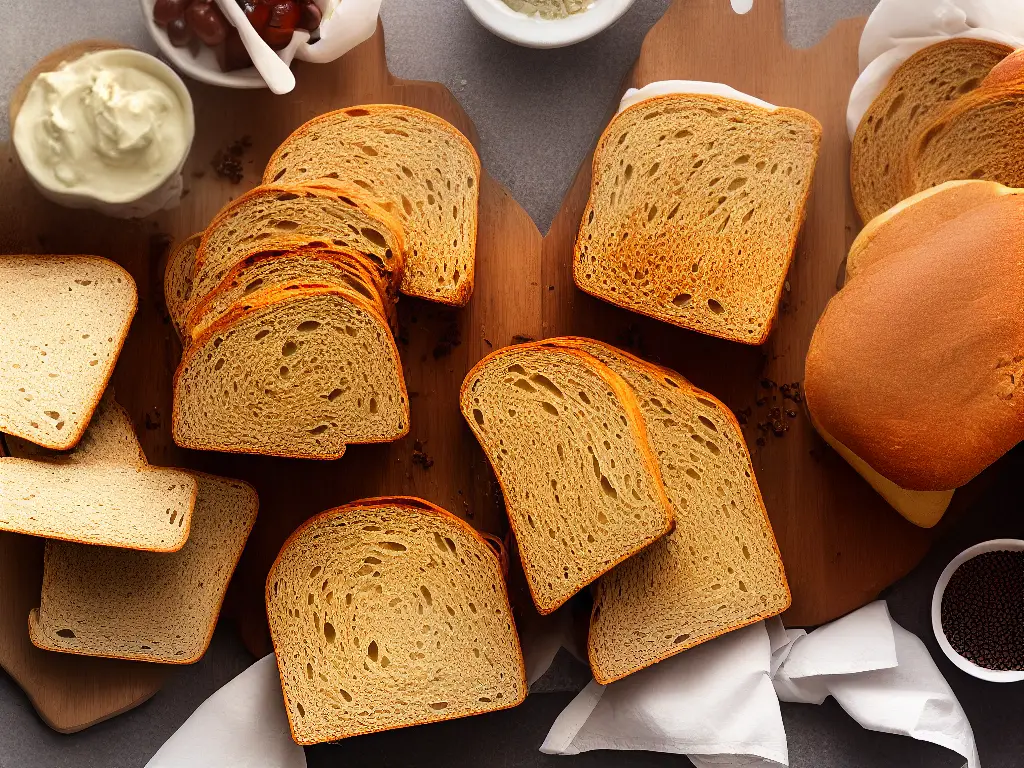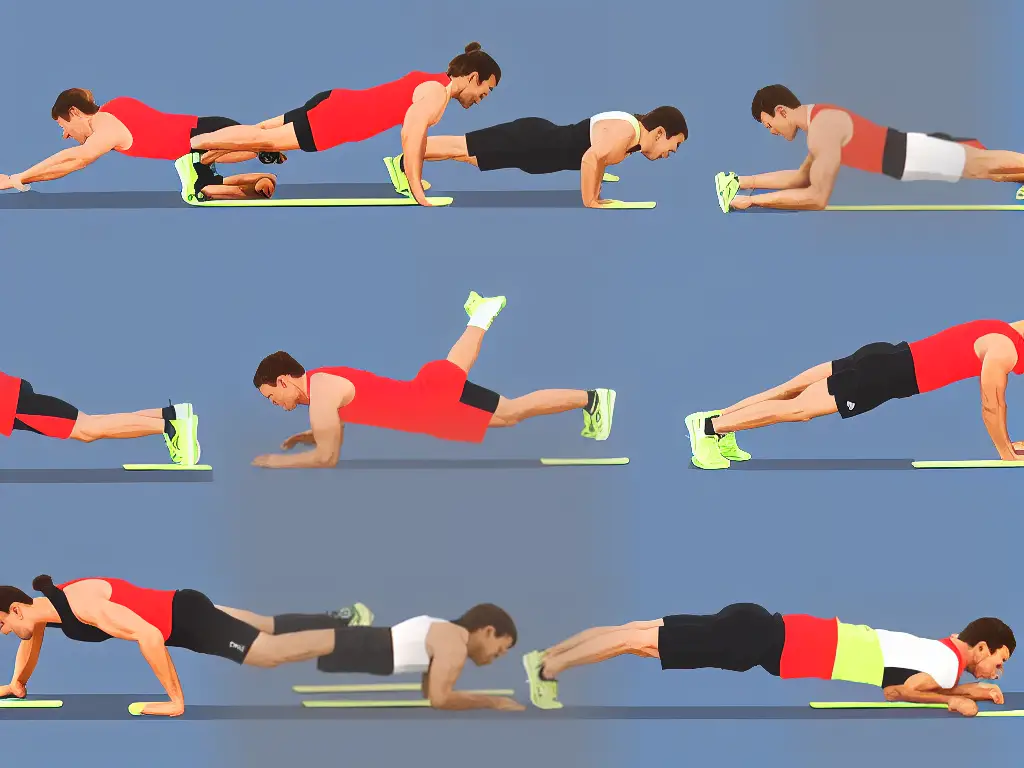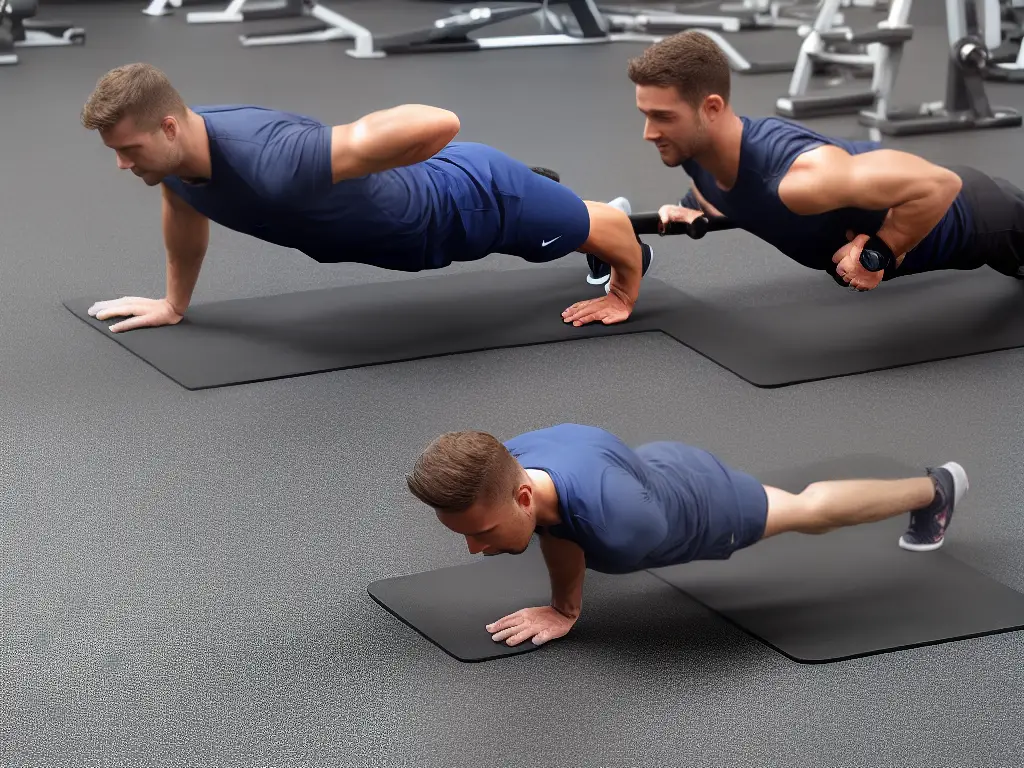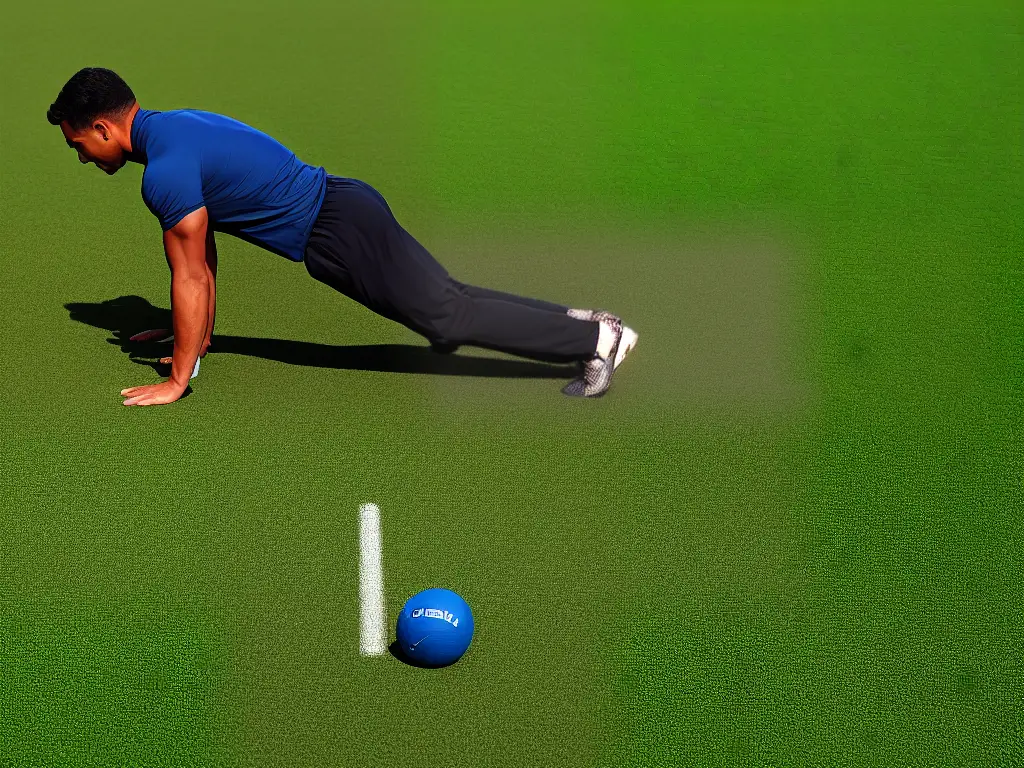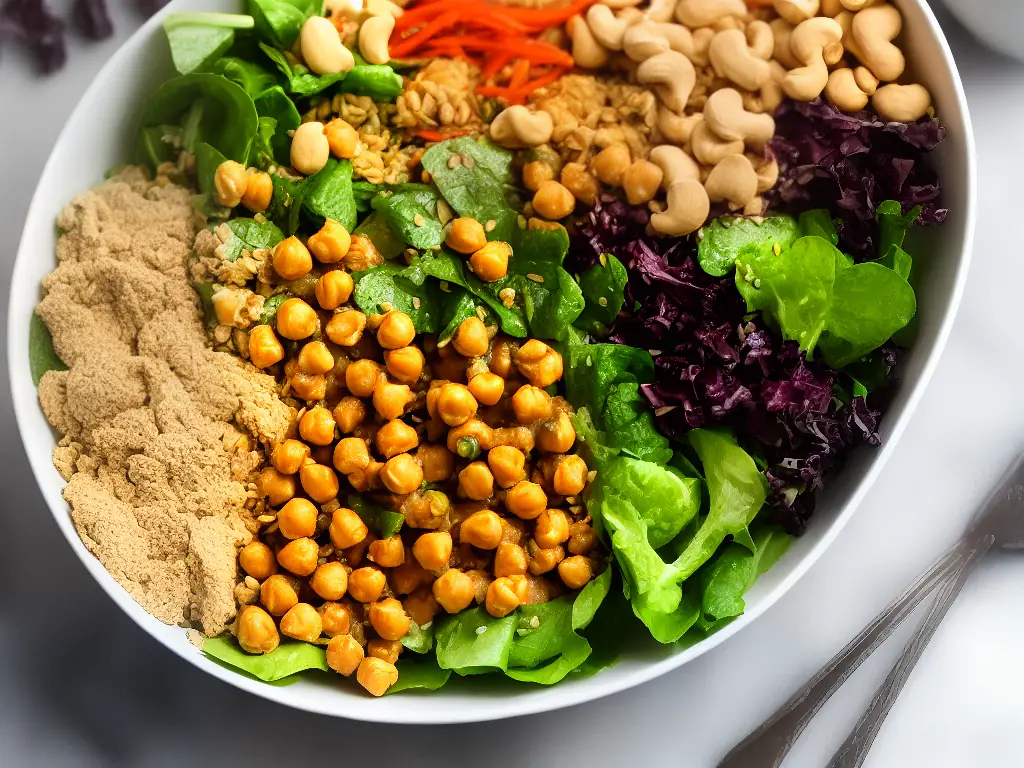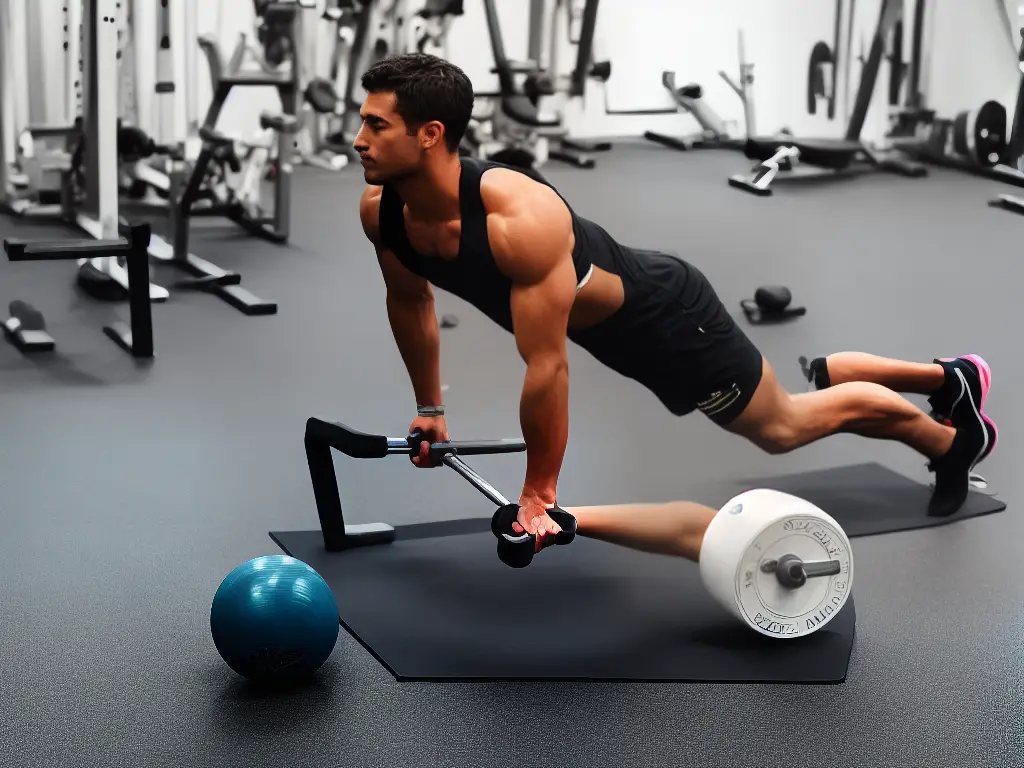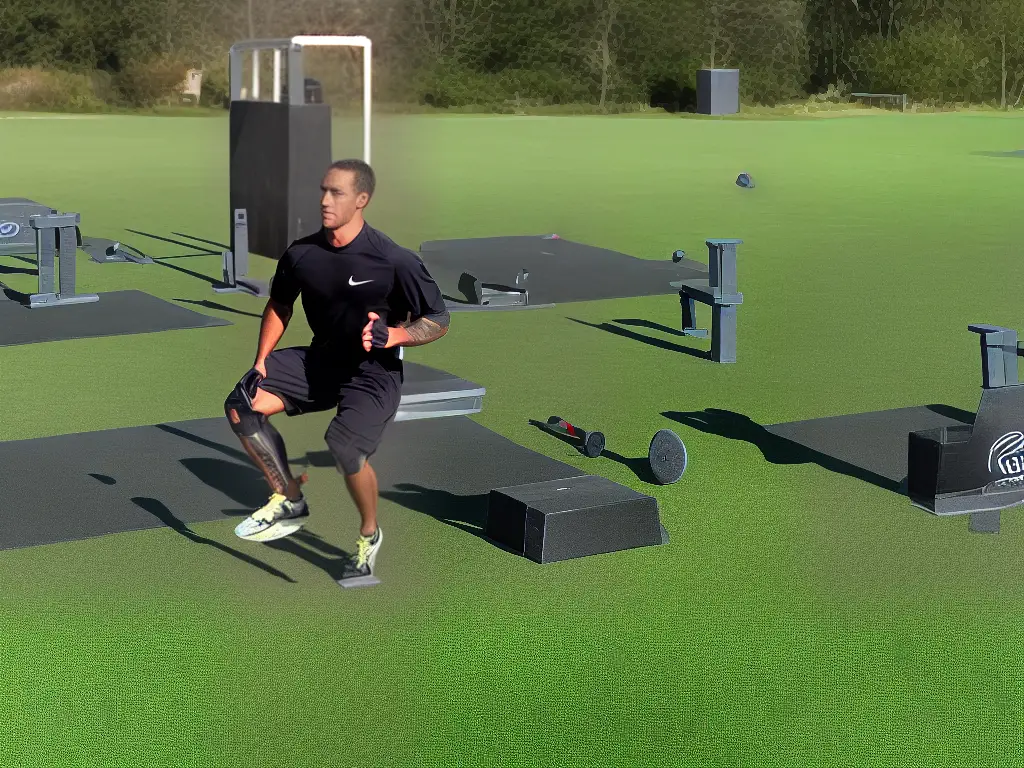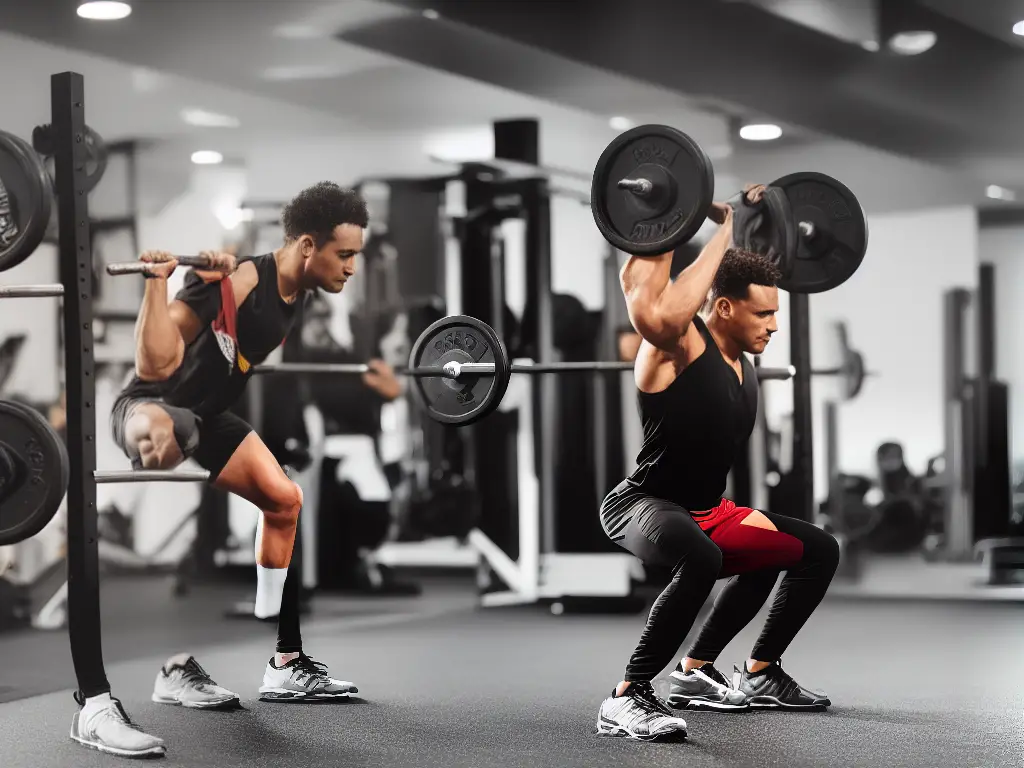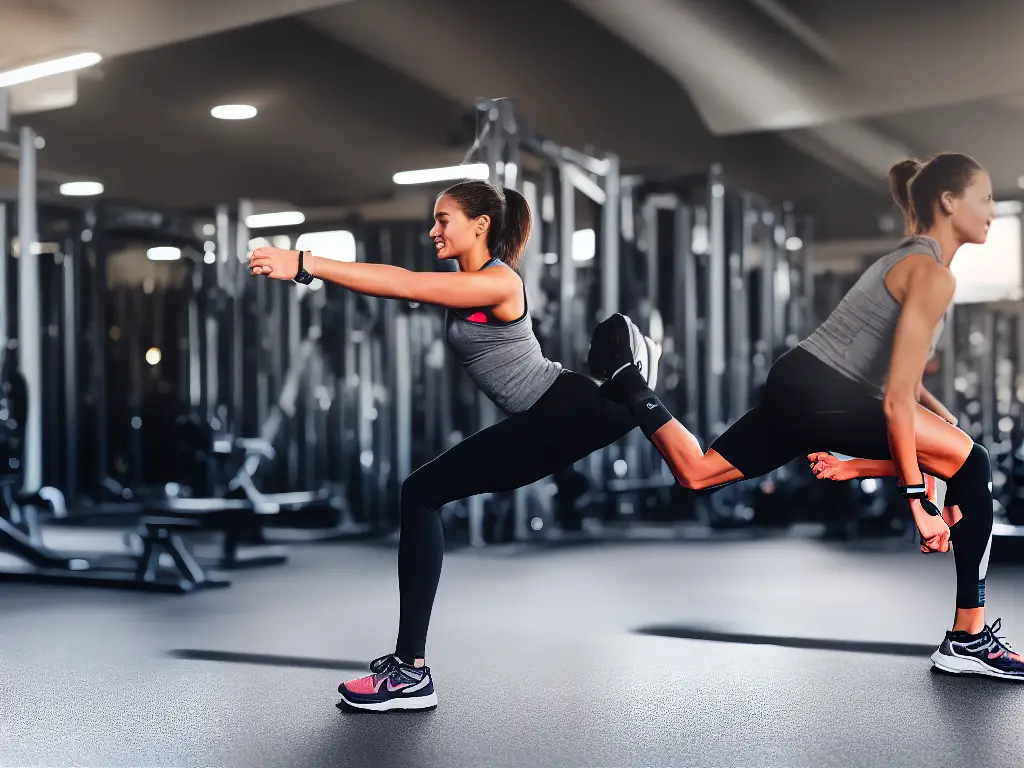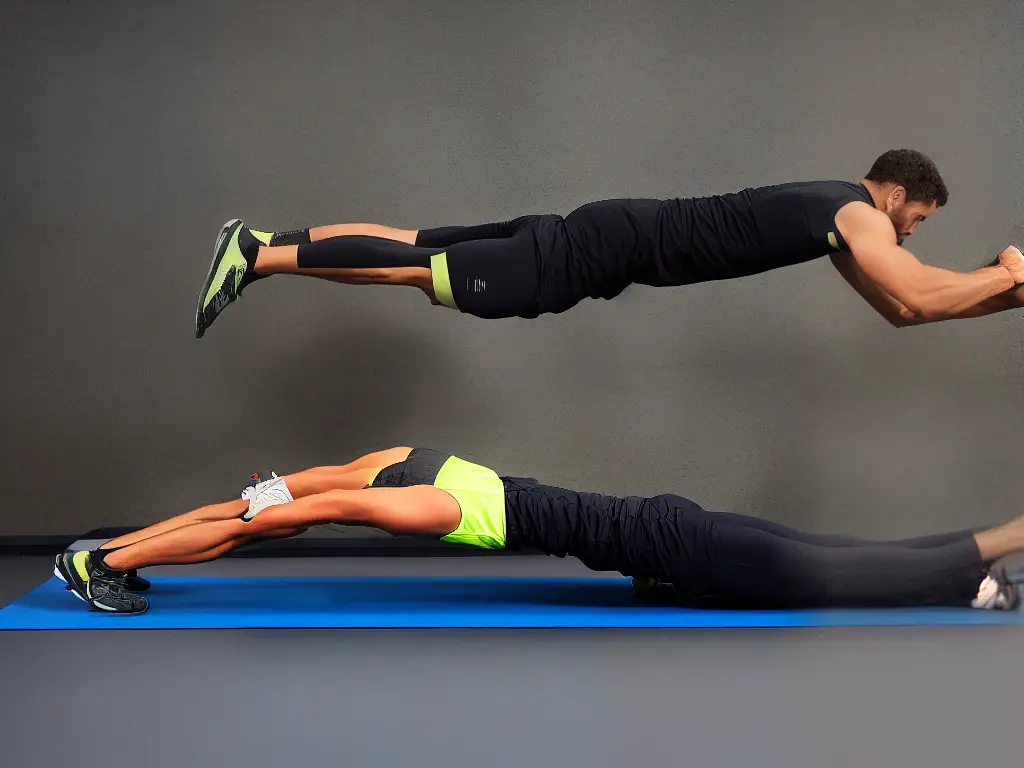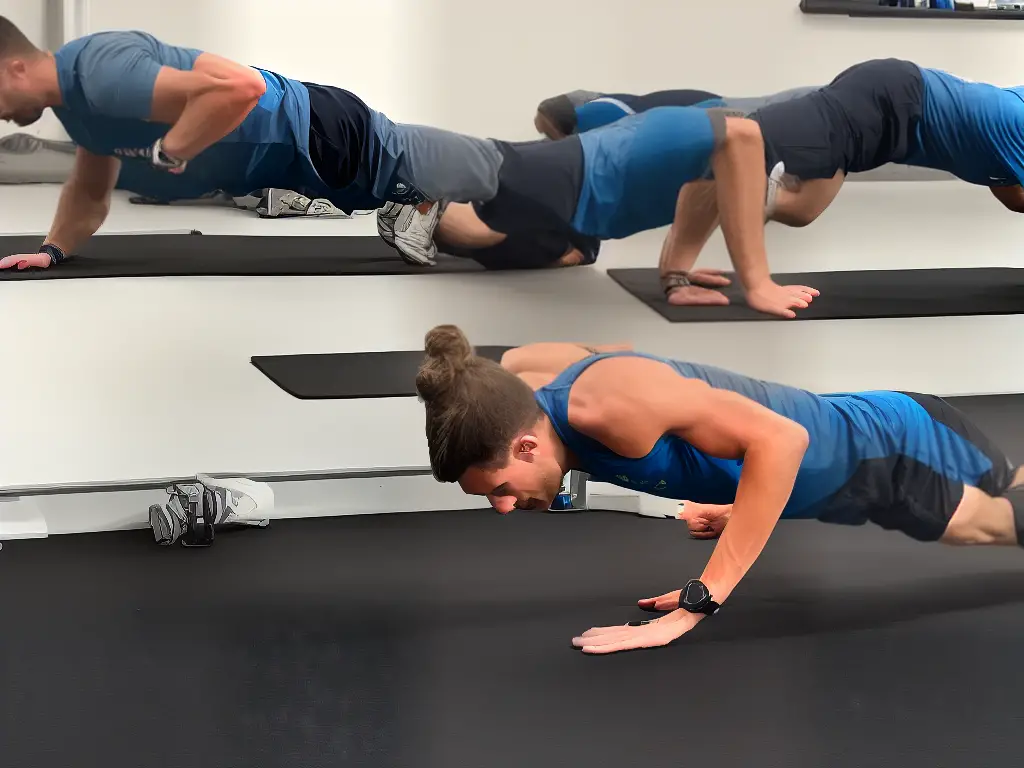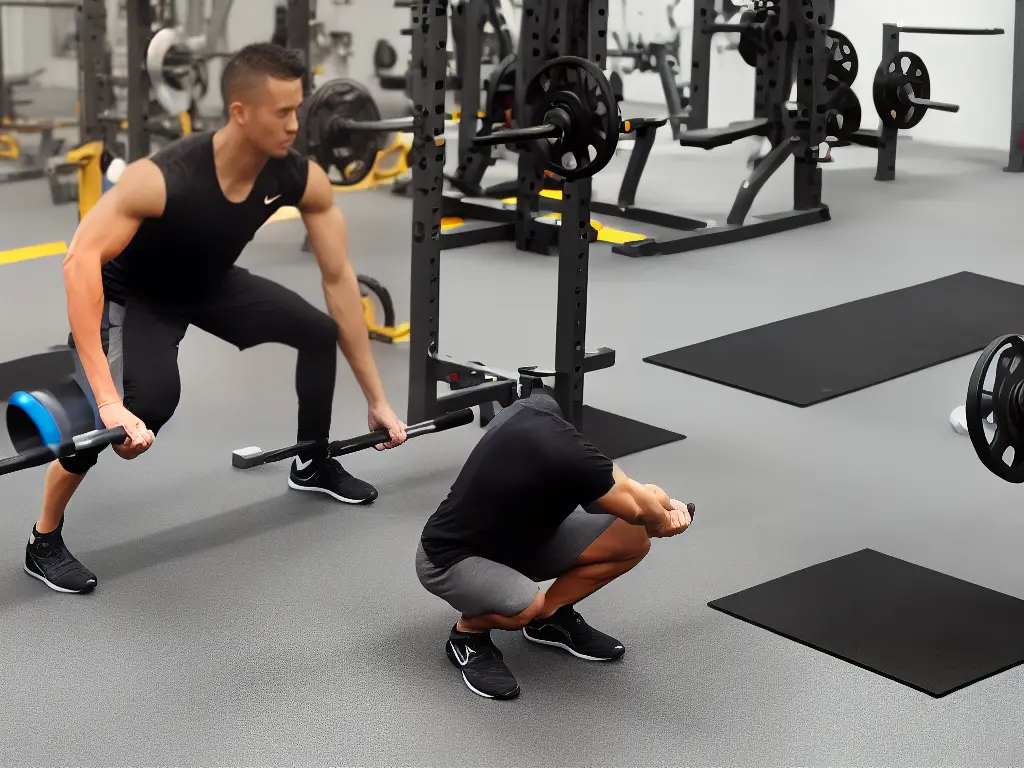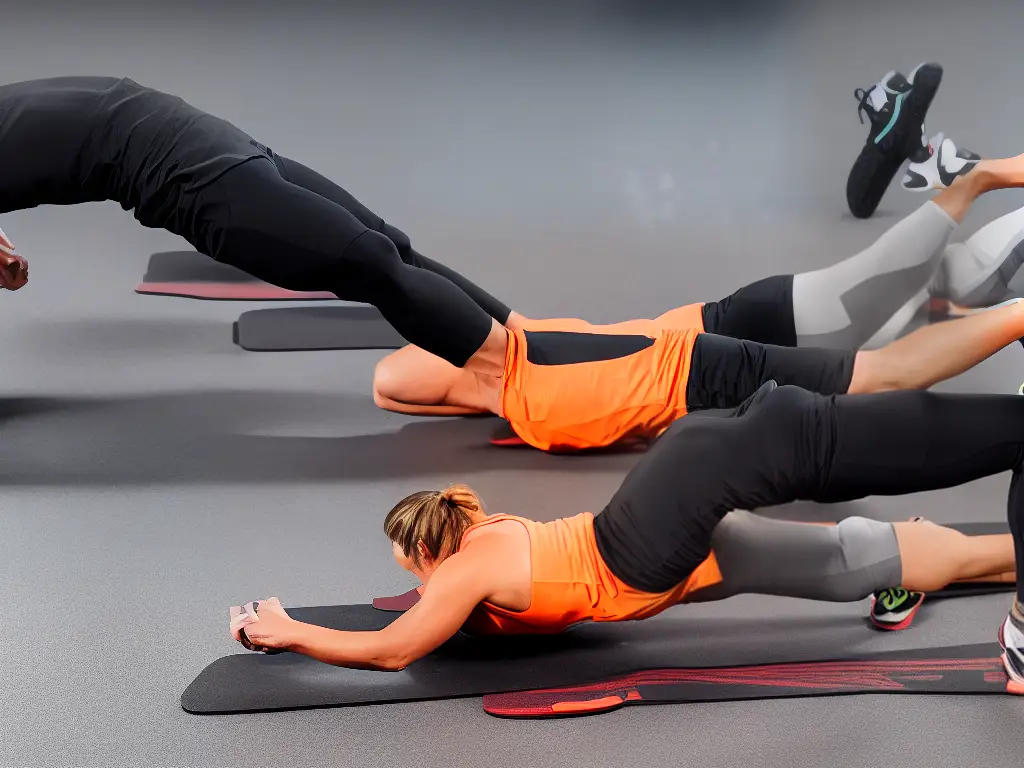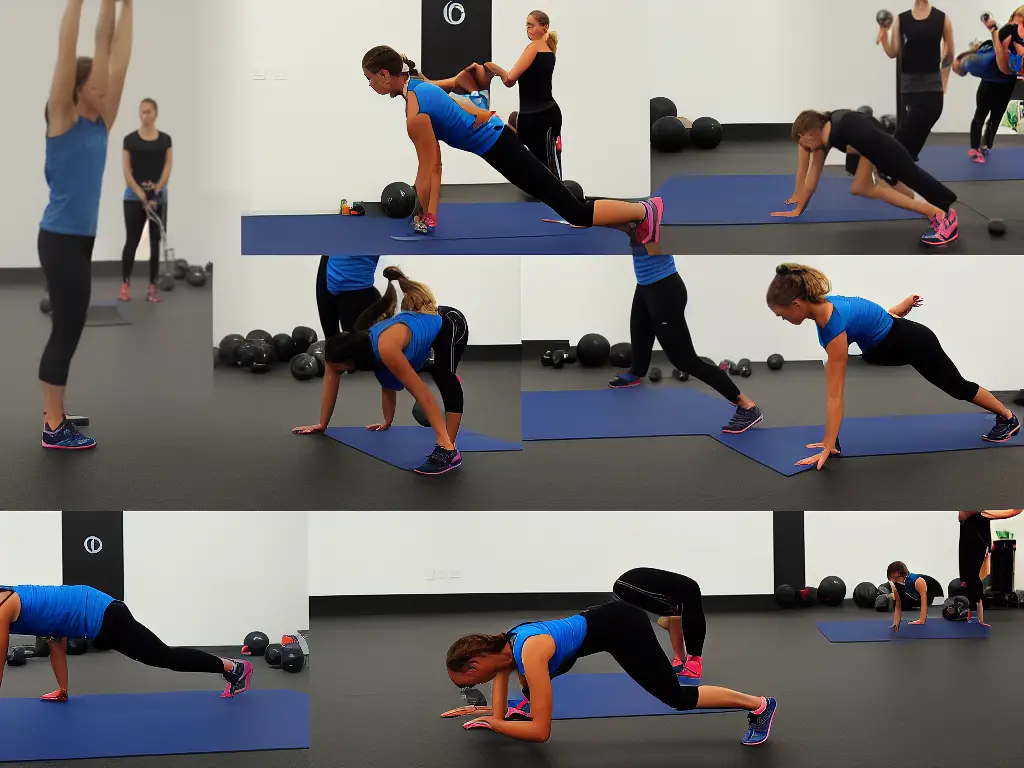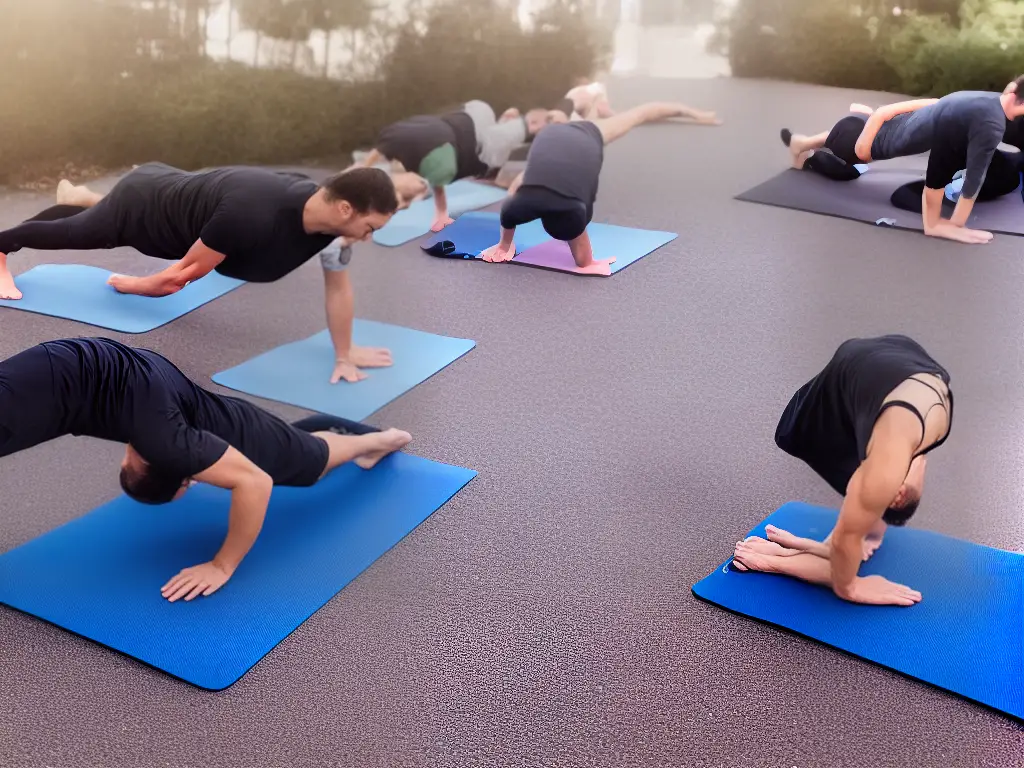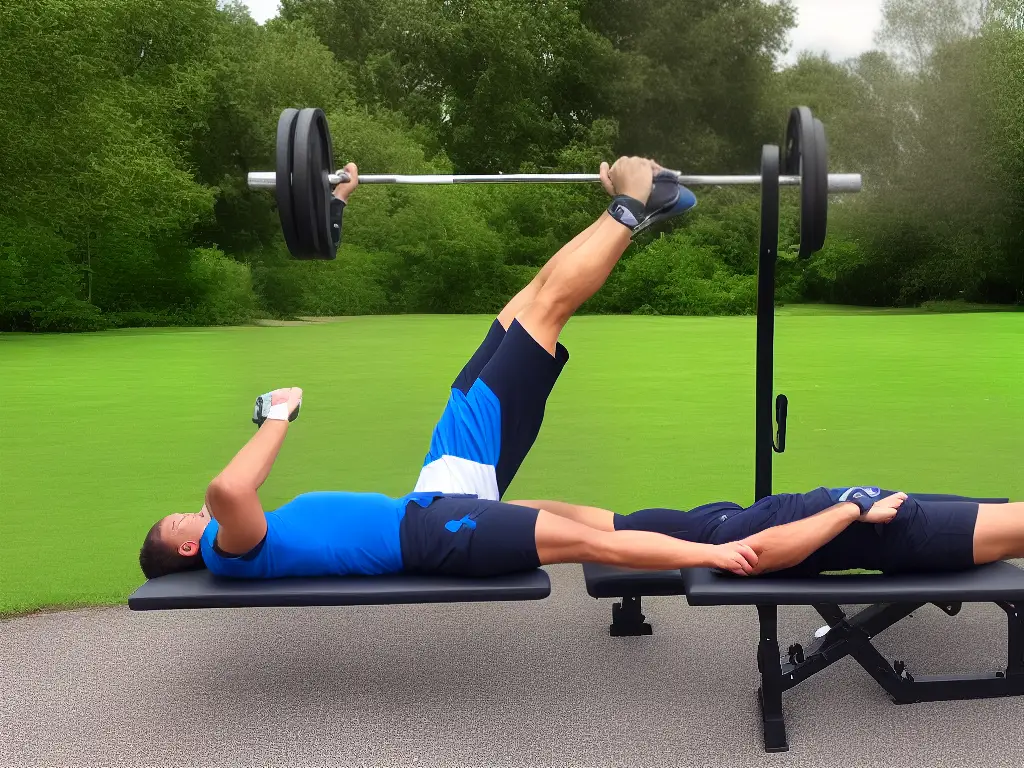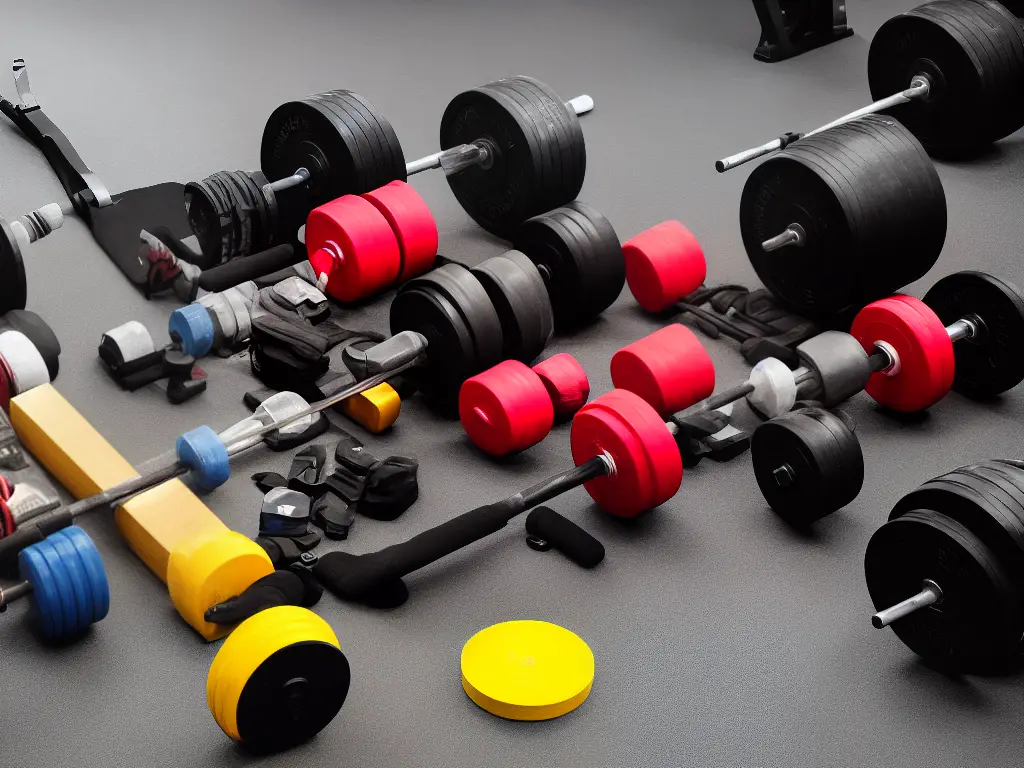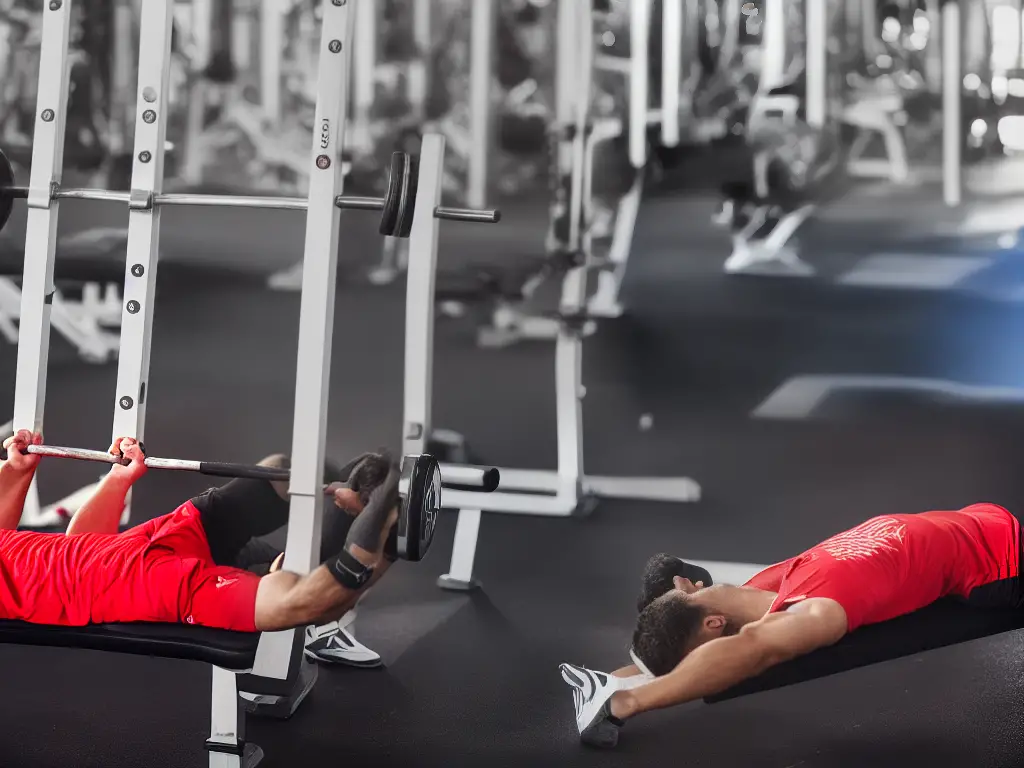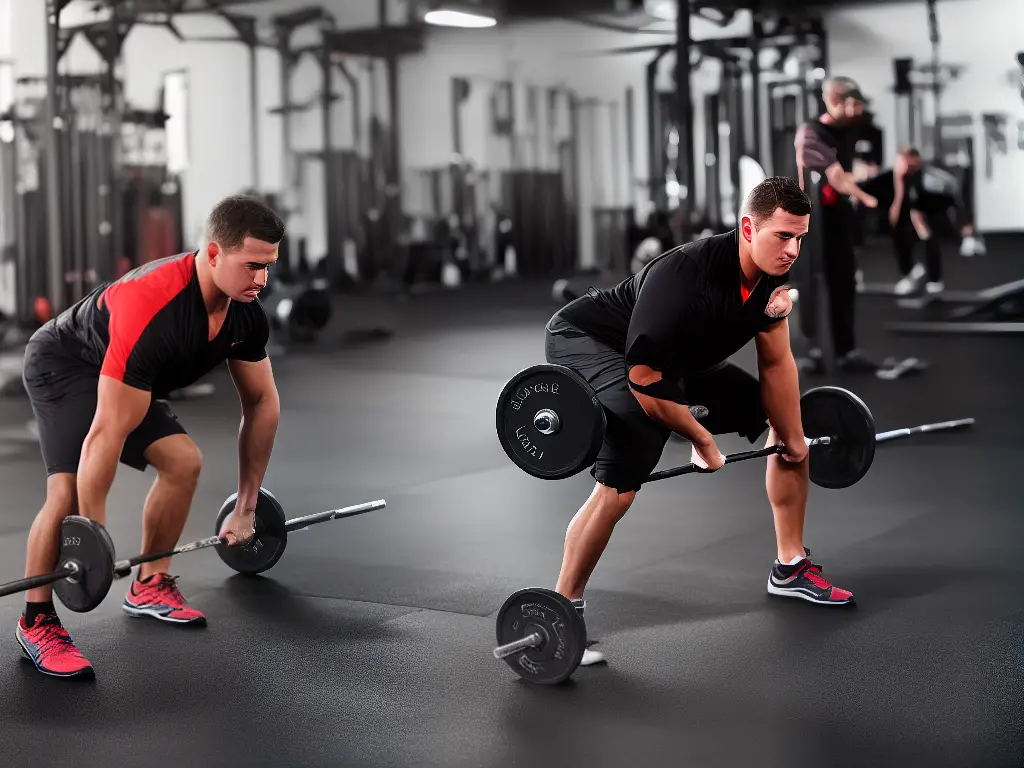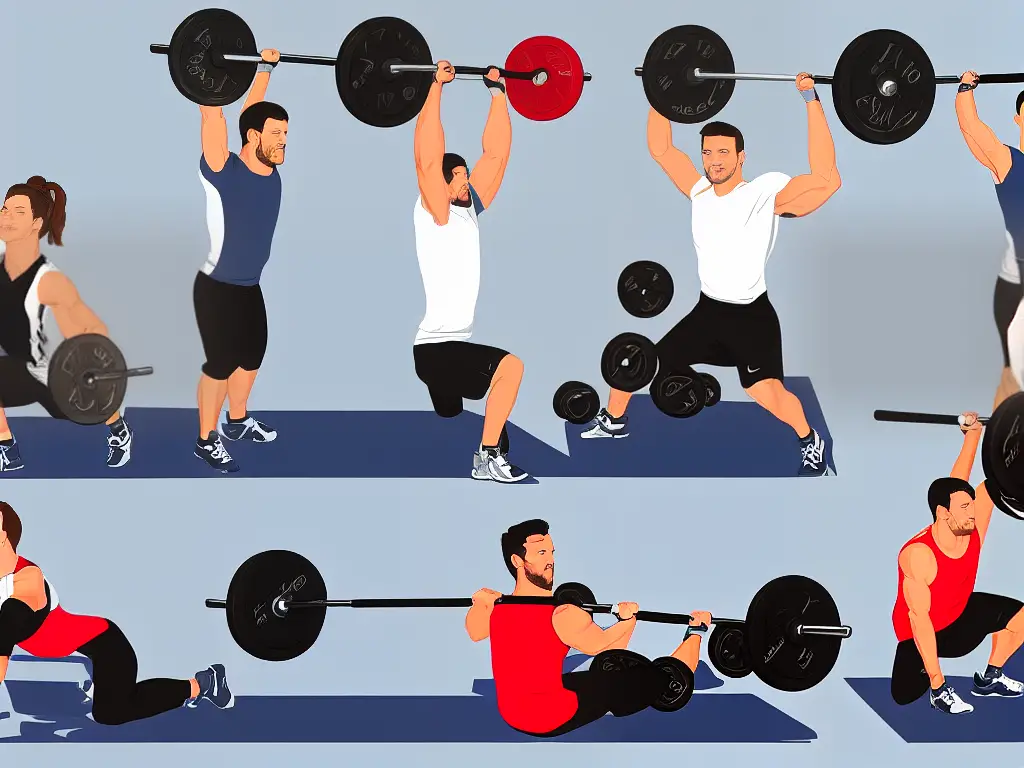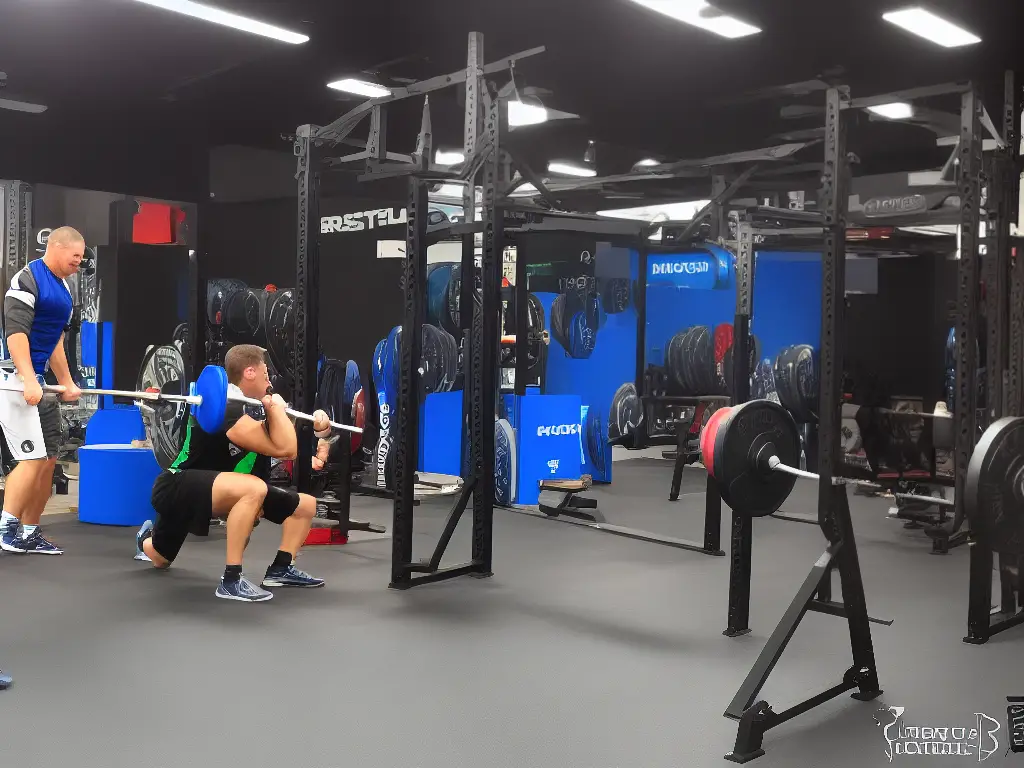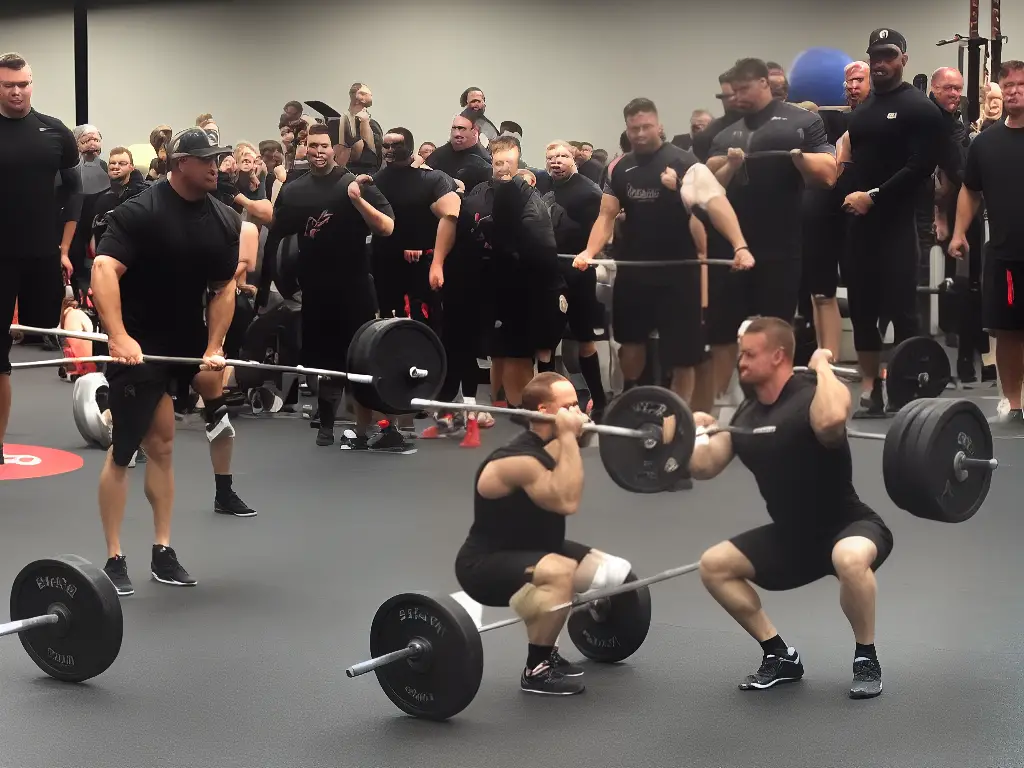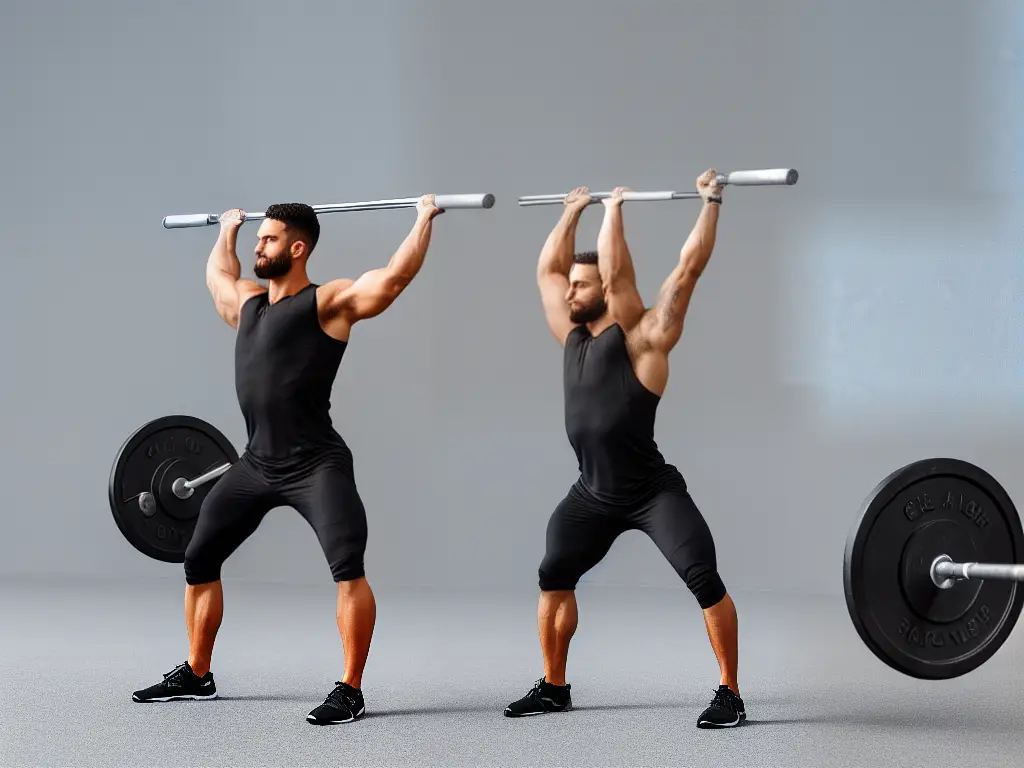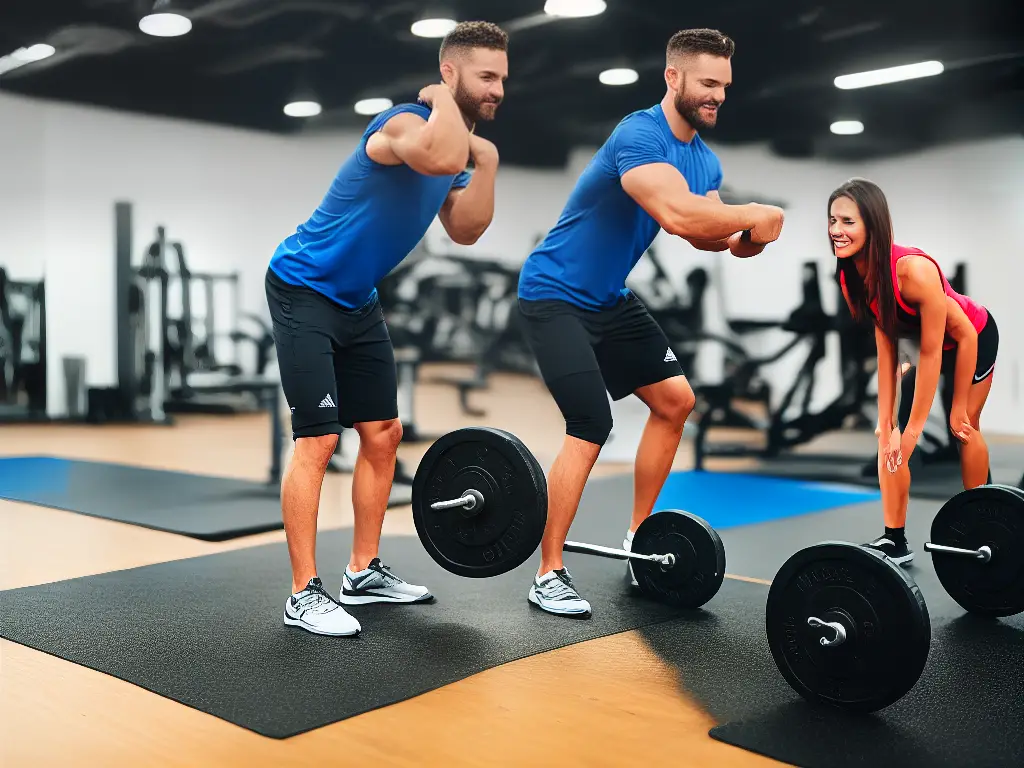As parents, one of our key responsibilities is to ensure the health and well-being of our children, and this includes their dental hygiene. Establishing good dental habits from a young age can have a significant impact on their long-term oral health, preventing dental issues and setting them up for success in maintaining a healthy smile. This comprehensive guide explores the importance of dental hygiene for kids, selecting the right toothpaste and toothbrush, teaching proper brushing techniques, understanding the role of fluoride, and the significance of regular dental visits, nutrition, and addressing common dental issues.
Importance of dental hygiene for kids
One key aspect of pediatric dental care is the consistent use of appropriate toothpaste for young children. Kids’ toothpastes are specifically formulated to cater to the unique dental needs of growing children, as their teeth continue to develop. These toothpastes contain a lower concentration of fluoride and are less abrasive when compared to adult toothpaste. Fluoride is essential in preventing tooth decay; however, excess amounts can lead to dental fluorosis, a condition that causes discoloration of the teeth. The carefully balanced ingredient composition of kids’ toothpaste helps to avoid such problems and ensures an effective cleaning routine for children.
Introducing the habit of regularly brushing their teeth with kids toothpaste from an early age is crucial in laying the foundation for lifelong dental hygiene. This practice helps children become familiar with and excited about the concept of dental care. Moreover, cultivating a fun and engaging tooth-brushing routine may significantly reduce the risk of dental issues, such as cavities, plaque, and gum disease in the future. The vibrant colors, flavors, and appealing packaging of children’s toothpaste often encourage children to maintain their enthusiasm for oral care as they grow older.
In addition to developing a regular brushing regime, parents should also ensure that their children are employing the correct toothpaste application techniques. This involves teaching them the appropriate amount of toothpaste to use and correct brushing motions. Dentists recommend that parents supervise their children’s tooth-brushing habits until at least the age of seven, to ensure accuracy and consistency. The use of timers, music, or storytelling during brushing can reinforce this learning process and make it an enjoyable experience for both the parent and child.
Aside from teaching proper brushing techniques, it is equally essential to educate children on the importance of flossing and rinsing with mouthwash. Encouraging these habits will help to further strengthen their oral health and protect them from potential dental issues. Providing kids with oral care products like flavored kids’ floss and alcohol-free kids’ mouthwash will not only help maintain their interest but will also ensure that they establish a comprehensive dental care routine.
Introducing children to good oral hygiene habits early in life is crucial for maintaining their dental health and preventing potential issues. Regular dental check-ups are an essential part of a child’s dental care routine, as dentists can monitor their oral health and alleviate any fears or apprehensions associated with dental visits. Alongside dental check-ups, using kids’ toothpaste and other tailored oral care products can significantly contribute to a strong and healthy foundation for a lifetime of optimal dental health.

Selecting the right toothpaste for children
Effective dental hygiene practices involve using the right toothpaste, which is specifically designed to cater to the unique needs of both adults and children. In the case of children, selecting an appropriate toothpaste should take into account factors such as their age, fluoride content, and flavor preferences. This can ensure that the toothpaste not only provides adequate dental protection but also encourages consistent and enthusiastic tooth brushing among kids, paving the way for lasting dental health.
The primary ingredient to consider while selecting a toothpaste for children is the presence of fluoride. Fluoride is a key element in fighting tooth decay, strengthening tooth enamel, and promoting healthier dental hygiene. The American Dental Association (ADA) recommends using toothpaste with fluoride for children, but in age-appropriate amounts. For infants below three years, a fluoride toothpaste with about 1,000 parts per million of fluoride (ppm) should be used in a rice-grain sized amount. For children aged 3 to 6, a pea-sized amount of fluoride toothpaste with approximately 1,350 to 1,500 ppm is recommended.
In addition to fluoride content, the flavor of toothpaste is an essential factor to consider for children. Many children do not like the strong taste of adult toothpaste, which can lead to a reluctance to brush their teeth properly. Children’s toothpaste generally comes in a variety of flavors such as fruit, bubblegum, or other mild flavors to make brushing more enjoyable for kids. However, it is important to ensure that the toothpaste is ADA-approved and meets all the required oral health requirements regardless of flavor.
One of the most significant differences between children’s toothpaste and adult toothpaste is the strength of the ingredients. Adult toothpaste typically contains stronger elements that may not be suitable for a child’s developing teeth. Some adult toothpaste may also have ingredients such as teeth whiteners or tartar control agents, which are not required for children and can be harmful or abrasive for their teeth. It is important to check the label and ensure that the toothpaste is suitable for the child’s age range.
Choosing the right toothpaste for your child is crucial for promoting good oral health throughout their lifetime. With numerous options available for children’s toothpaste, factors such as ADA approval, fluoride content, flavor, and age-appropriate labeling must be considered to ensure proper dental care habits are developed and maintained.

Teaching proper brushing techniques to kids
Teaching proper brushing techniques and instilling good dental hygiene habits from a young age are essential for children’s dental care routines. One of the core components is using a toothpaste specifically designed for kids, as these often have a milder taste and lower levels of fluoride, making them safer for children who may accidentally swallow it. The American Dental Association (ADA) further recommends opting for a fluoride toothpaste to help prevent tooth decay in children.
To start teaching children the correct way to brush their teeth, ensure they are using the appropriate amount of toothpaste. For children under three, use a smear of toothpaste about the size of a grain of rice. For children aged three to six, use a pea-sized amount. Explain to the child that they should be gentle when brushing, using circular motions to clean all surfaces of the teeth, and don’t forget to include the tongue as this will help to freshen breath and remove bacteria.
Making tooth-brushing an enjoyable and engaging activity can help motivate kids to maintain good dental hygiene. Consider introducing a fun toothbrush, perhaps one featuring their favorite cartoon character or one that lights up or plays music. A two-minute timer can be beneficial in encouraging children to brush for the recommended duration, ensuring they are thoroughly cleaning all their teeth. Allowing the child to choose their own toothbrush and toothpaste can give them a sense of ownership over their dental routine and increase their enthusiasm.
Another way to keep kids motivated to brush regularly is by making it a family activity, so they associate it with positive experiences. Brushing together not only strengthens the bond between child and parent but also allows the parent to ensure their child is using the correct technique in real-time. In addition to this, positive reinforcement and rewards, such as a sticker chart or small treats, can be used to celebrate consistent brushing and help establish long-lasting dental hygiene habits.
Teaching children about the importance of good dental health and the need for routine check-ups with a dentist is crucial for fostering proper oral care habits. Utilizing age-appropriate resources such as books, videos, and games can help explain why taking care of their teeth is essential, and maintaining open communication allows them to ask any questions they might have. Ensuring that children understand the benefits of proper brushing techniques and using suitable toothpaste will set them up for success in maintaining their dental health throughout their lives.

Fluoride in children’s toothpaste
Fluoride, a natural mineral that can be found in toothpaste, plays a pivotal role in strengthening tooth enamel and preventing tooth decay, especially in children with developing teeth. It is a common ingredient in various toothpaste options, including those designed specifically for children. Fluoride has been proven to help reduce cavities and actively promote overall oral health. By choosing the right toothpaste with fluoride and guiding them on proper brushing techniques, children’s dental health can be significantly enhanced.
Fluoride interacts with the tooth enamel, helping to repair damaged areas and making the enamel more resistant to acids produced by bacteria in the mouth. This helps prevent future tooth decay and cavities, which can become a significant issue for children who are still learning to maintain proper dental hygiene practices.
The benefits of fluoride in children’s toothpaste have been well-documented through numerous research studies. These studies have consistently shown that children who use fluoride toothpaste have significantly fewer cavities and better overall oral health than those who do not.
The American Dental Association (ADA), the American Academy of Pediatric Dentistry (AAPD), and the Centers for Disease Control and Prevention (CDC) all recommend the use of fluoride toothpaste for children to ensure their continued oral health.
The appropriate amount of fluoride in children’s toothpaste largely depends on the child’s age. According to the ADA, children under the age of three should use a smear of toothpaste, approximately the size of a grain of rice. Children three to six years old should use a pea-sized amount of toothpaste. Using the appropriate amount of toothpaste is essential, as swallowing too much fluoride can lead to dental fluorosis – a cosmetic condition that causes white spots or streaks on the teeth.
While fluoride is an essential component for maintaining children’s dental health, it is also crucial for parents to monitor their children’s brushing habits. Encouraging a consistent routine of brushing twice a day for two minutes each time, as well as flossing daily, will help ensure proper dental care. Additionally, introducing children to regular dental check-ups will further promote their oral health and help establish a healthy relationship with the dentist throughout their lives.
In conclusion, fluoride plays an essential role in children’s toothpaste, providing numerous benefits that contribute to better dental health. By following the recommended guidelines regarding the amount of fluoride based on the child’s age, parents can effectively protect their children’s teeth from decay and cavities. Maintaining proper dental hygiene, including using fluoride toothpaste, brushing twice daily, flossing, and receiving regular dental check-ups, is crucial for children to develop strong, healthy teeth and establish a strong foundation for lifelong oral health.

Choosing the right toothbrush for your child
When selecting a toothbrush for your child, one of the most important factors to consider is their age. Different toothbrushes are designed for various age groups, and using an appropriate toothbrush will ensure a more effective and comfortable experience. For toddlers aged 1-2 years old, consider using a small toothbrush with soft bristles and a small head. As the child grows, you can transition to larger toothbrushes with slightly stiffer bristles. For example, children aged 5-8 years old might use a toothbrush with a larger head and a longer handle, while older kids may need an even bigger toothbrush to accommodate their larger teeth and mouth. Ultimately, the toothbrush choice and proper use of kids toothpaste with fluoride will help support your child’s dental health journey.
Bristle type is another crucial factor when selecting a child’s toothbrush. It is generally recommended to use toothbrushes with soft bristles, as they are more gentle on the gums and teeth enamel. Hard bristles can cause damage to the tooth enamel, and they might not effectively clean the teeth because they can’t bend and adapt to the shape of each tooth. Additionally, softer bristles are more comfortable and easier to maneuver, which may encourage a child to brush for the recommended two minutes without complaints.
The toothbrush size is another factor that must be carefully considered. The toothbrush head should fit comfortably in your child’s mouth and be able to reach all of their teeth, including the back molars. Small-headed toothbrushes are recommended for children, as they can easily maneuver around small mouths and tight spaces, ensuring a thorough cleaning. Similarly, the toothbrush handle should be proportionate to your child’s hand, allowing for a comfortable grip and better control while brushing.
A few additional features could help to make toothbrushing fun and more engaging for children, potentially leading to better oral hygiene habits. Many toothbrushes come in varying colors, designs, or even with popular characters on the handle, which can make choosing a toothbrush more enjoyable for your child. Furthermore, consider investing in a toothbrush with a built-in timer or one that plays music to ensure kids brush for the recommended two minutes.
One of the popular options for improving children’s dental care is the use of electric toothbrushes. These come in various sizes, bristle types, and often feature engaging designs and timers to make the process fun and effective. Some studies have shown that electric toothbrushes can be more efficient in removing plaque compared to manual ones. However, it’s essential to consult with your child’s dentist to determine if an electric toothbrush is appropriate and safe for their specific needs before making the switch.

Dental visits and professional cleanings for children
Along with the right brushing tools, regular dental check-ups and professional cleanings play an essential role in maintaining children’s oral health. These visits ensure early detection of potential issues, such as cavities, tooth decay, and gum disease, and help prevent them from escalating into serious dental problems. While assessing your child’s overall oral health, dental professionals can also provide valuable guidance on proper brushing techniques and recommend suitable toothpaste options for kids.
One of the key aspects of dental visits is to ensure that kids are using the right toothpaste. Fluoride-based toothpaste is widely recommended by dental professionals and the American Dental Association for promoting stronger, healthier teeth because fluoride actively helps to protect the teeth against decay. However, the appropriate amount of fluoride toothpaste used should depend on the child’s age, as swallowing too much fluoride can cause fluorosis, which leads to white spots on the teeth. Generally, children under the age of two should use a rice-sized amount of toothpaste, while those between the ages of two and six should use a pea-sized amount.
The frequency of dental visits for children depends on their age and specific oral health needs. The American Academy of Pediatric Dentistry recommends that children should visit the dentist by their first birthday or within six months of their first tooth erupting, whichever occurs first. After their initial visit, children should have regular dental check-ups and cleaning appointments every six months. However, children with an increased risk of oral health issues may be advised to have more frequent visits.
In addition to using kids toothpaste, practicing good oral hygiene as early as possible is vital for maintaining healthy teeth and gums. Parents should assist their children in forming consistent dental care routines, including brushing twice daily for two minutes, flossing once a day, and limiting sugary foods and drinks. Establishing these healthy habits early on will set the groundwork for a lifetime of good oral health.
In order to maintain a healthy mouth and a confident smile for your child, it is important to keep up with regular dental visits and choose the appropriate kids toothpaste. Dental professionals can monitor your child’s dental development and address any concerns or issues during these appointments. Moreover, familiarizing your child with the dental environment at a young age can help reduce fears and anxiety commonly associated with dental visits.

Nutrition for healthy teeth and gums
Another crucial aspect of maintaining your child’s overall dental health is proper nutrition. A well-balanced diet contributes to the development of strong teeth and gums and helps prevent tooth decay and gum diseases. By ensuring your child receives the right nutrients and practicing good dental hygiene with the right toothpaste, you can set them on the path to a lifetime of healthy teeth and gums.
As children grow, it’s essential to choose toothpaste specifically tailored to their needs to ensure the best possible dental care and to promote healthy teeth and gums. Children’s toothpaste usually contains fluoride, which strengthens enamel and provides additional protection against cavities.
To ensure healthy teeth and gums, it is essential to incorporate a variety of nutrient-rich foods into a child’s diet. Dairy products, such as milk, cheese, and yogurt, are excellent sources of calcium and phosphorous, which play a crucial role in the remineralization process of teeth. Furthermore, these foods promote saliva production, which helps neutralize the acidity in the mouth caused by sugary or acidic foods. Crunchy fruits and vegetables, such as apples and carrots, also promote healthy teeth and gums by stimulating saliva production and acting as a natural toothbrush, removing plaque from the surfaces of teeth.
Conversely, certain foods and beverages have negative effects on children’s dental health. Sugary and sticky foods, like candies, cookies, and other sweets, are a leading cause of tooth decay. The sugars found in these foods interact with the bacteria present in the mouth, producing acids that break down tooth enamel. Additionally, sodas, fruit juices, and sports drinks are also harmful to teeth due to their high sugar content and acidic nature. Limiting the consumption of these foods and drinks and encouraging children to drink water throughout the day can help maintain a healthy oral environment.
Apart from maintaining a balanced diet, it’s essential to establish a proper oral hygiene routine for children. This includes brushing with kids’ toothpaste at least twice a day, flossing daily, and scheduling regular dental checkups. Choosing the right toothpaste for kids involves finding one with age-appropriate fluoride levels and a flavor that appeals to them, making the brushing experience more enjoyable and effective.
Children’s dental health is crucial for their overall well-being as it sets the foundation for a lifetime of strong teeth and gums. Preventing common dental issues like cavities and tooth decay, which are prevalent in children, should be a priority. Kids are more prone to sugary food consumption, which, in combination with poor oral habits, can lead to rapid plaque buildup and an increased risk of cavities. Encouraging regular brushing with fluoride toothpaste and flossing is essential to maintain oral hygiene.

Addressing common dental issues in children
Alongside these preventative measures, it is crucial to educate children on the importance of dental health and the consequences of a poor diet. Involving them in the decision-making process when choosing nutritious foods and toothpaste can help instill a sense of responsibility regarding their dental hygiene. Additionally, keeping a check on unhealthy snacking habits significantly reduces the risk of cavities and strengthens enamel. Ultimately, developing healthy eating habits and a consistent oral care routine using kids’ toothpaste will ensure a lifetime of strong teeth and gums.
Another common dental issue in children is gum disease, which starts with inflammation and bleeding of gums and could result in severe gum diseases or tooth loss if left unchecked. Developing and reinforcing good oral hygiene habits from a young age can prevent this. Using age-appropriate toothpaste and gently massaging the gums during brushing can maintain healthy gums. Regular dental checkups and cleanings are crucial in preventing gum diseases.
Orthodontic issues like crooked teeth, overbites, underbites, and crowded teeth are also common in children, leading to dental issues and a significant impact on a child’s appearance and confidence. It’s crucial to identify and address orthodontic problems at an early stage with regular visits to the dentist. Orthodontic evaluation by the age of seven can help determine the potential treatment option like braces, expanders, or spacers.
Helping children develop positive dental habits, like making brushing a fun, engaging activity with flavored toothpaste and colorful toothbrushes, can encourage lifelong dedication to oral hygiene. Parents and caregivers must discourage oral habits like thumb sucking or prolonged use of a pacifier, leading to misaligned teeth or improper jaw development, and take steps to correct them.
Lastly, teaching children to wear mouthguards while playing sports, avoiding hard candies, and not using their teeth as tools can minimize injuries to the teeth and mouth. Regular dental checkups are vital to identify and address potential dental vulnerabilities early on.
By being proactive in our children’s dental care, we can set them on the path to a lifetime of healthy teeth and gums. Implementing the strategies and knowledge provided in this guide will not only teach children the importance of dental hygiene but also create a positive, lifelong habit. So let us empower our children with the right tools, techniques, and understanding, ensuring they have the brightest and healthiest smile possible.











